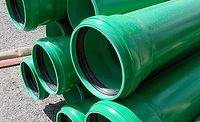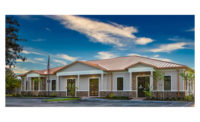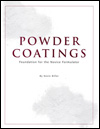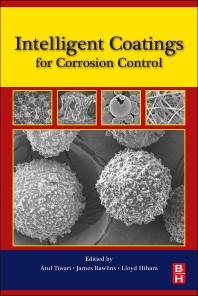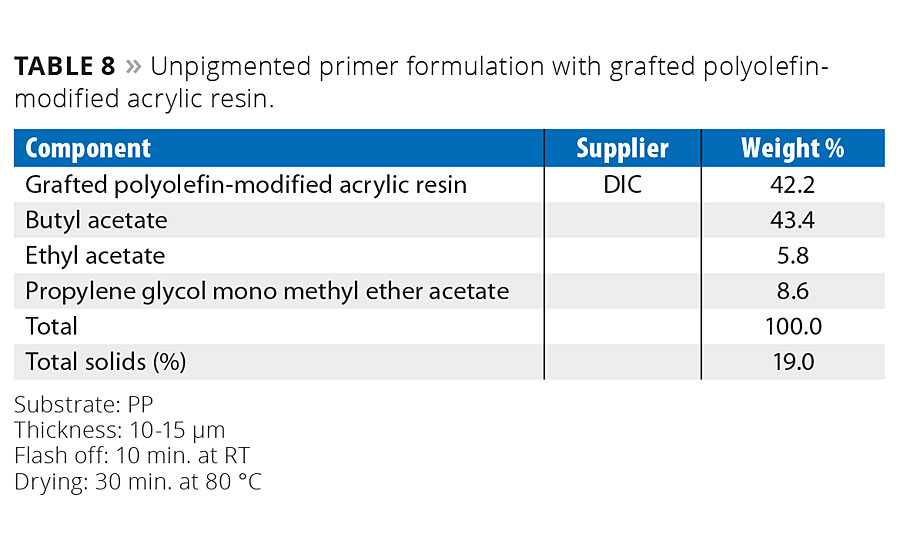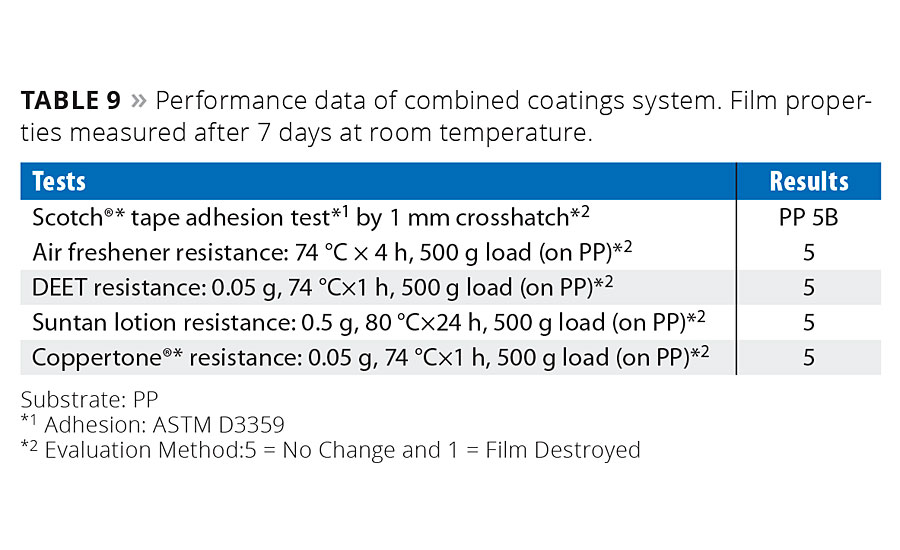New Resins for Durable Coatings on Plastics
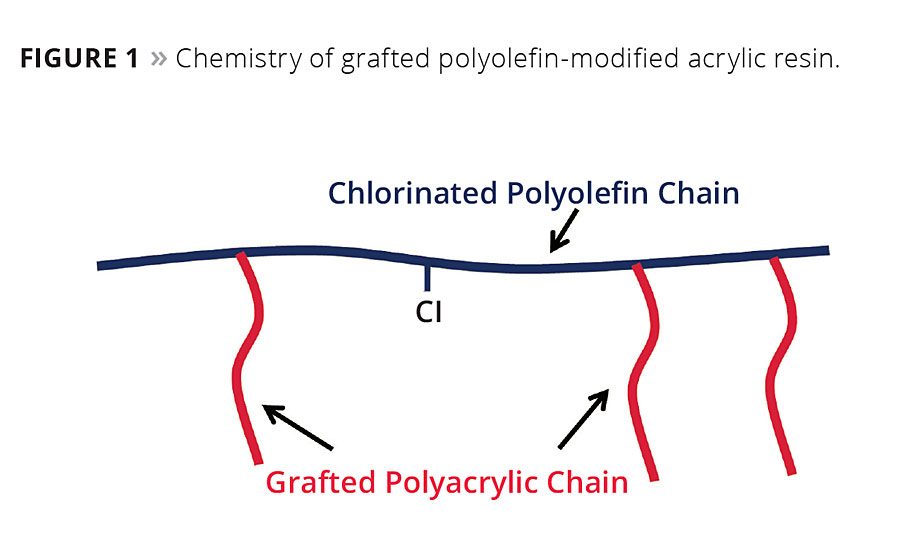

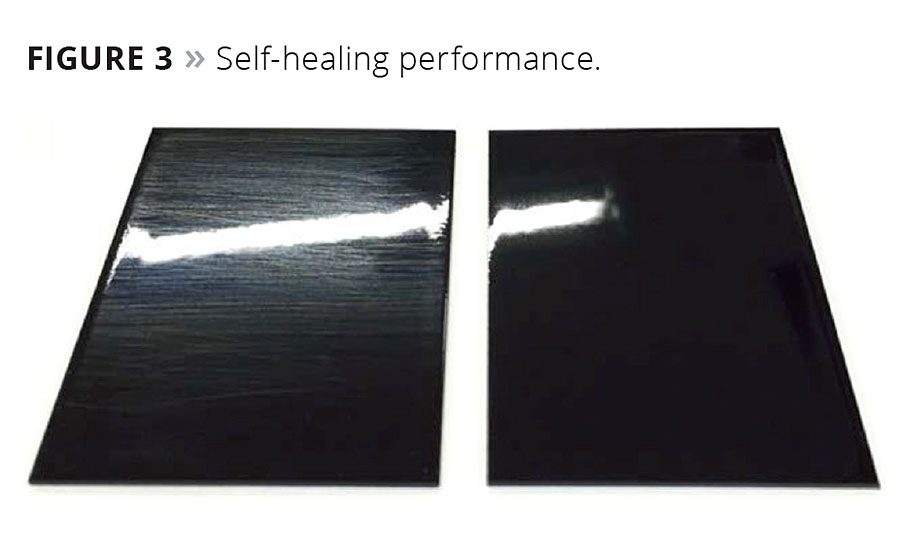
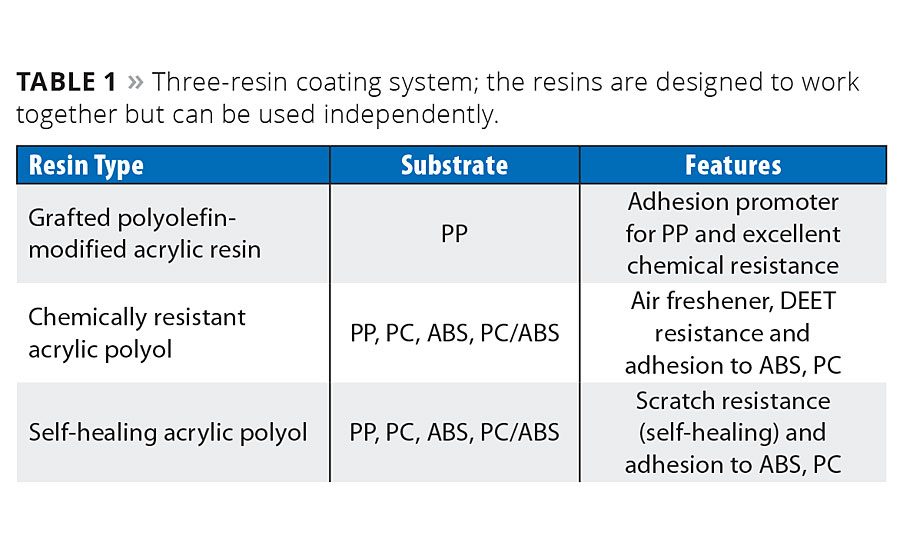
Table 1
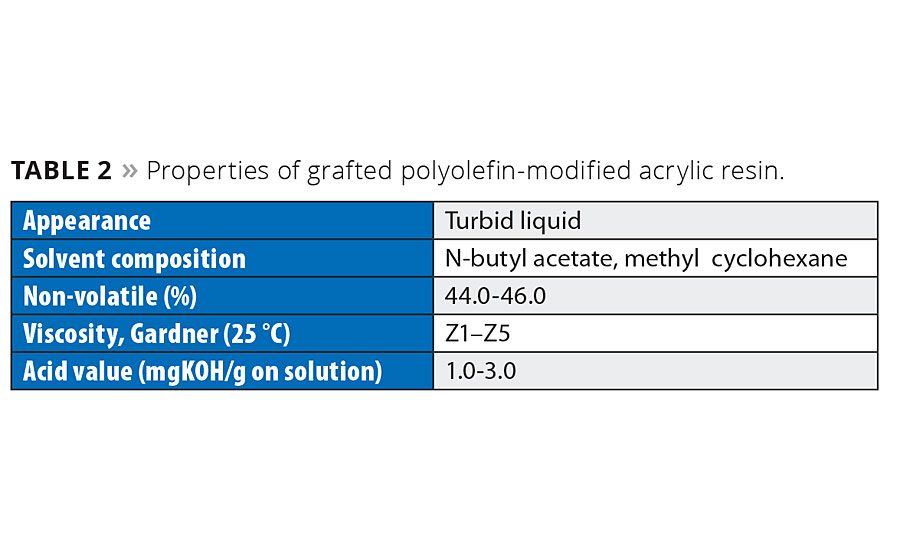
Table 2
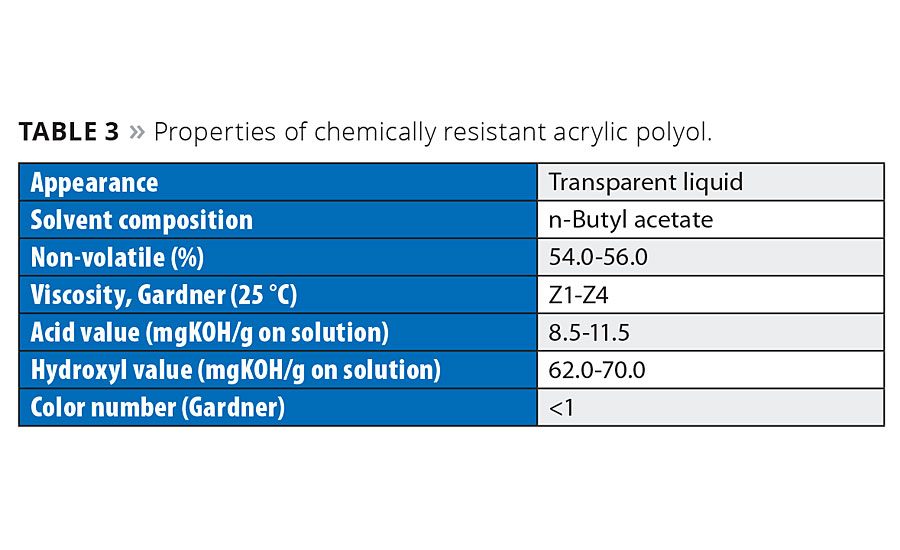
Table 3
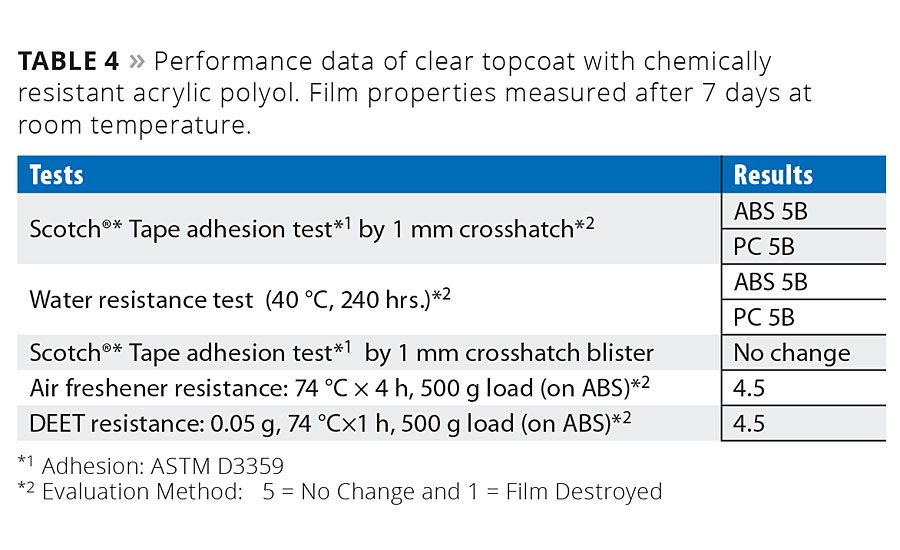
Table 4
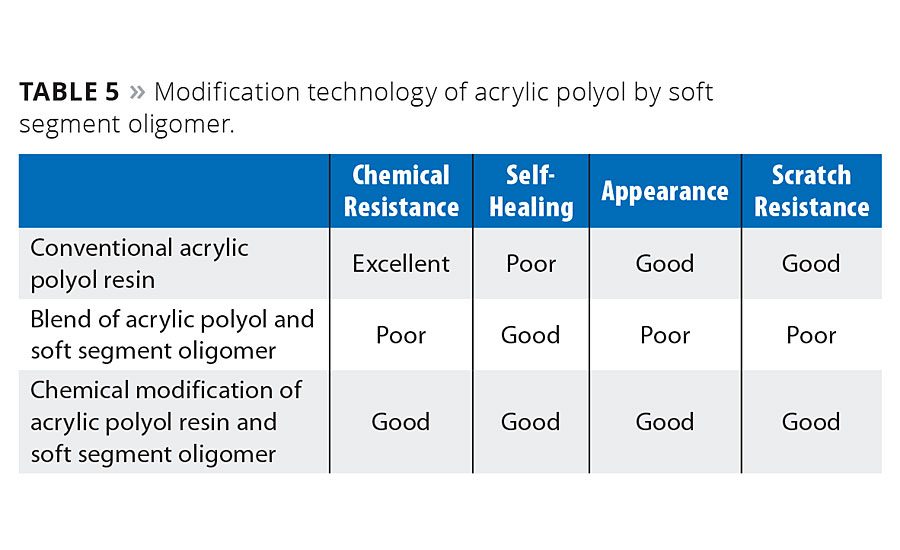
Table 5

Table 6
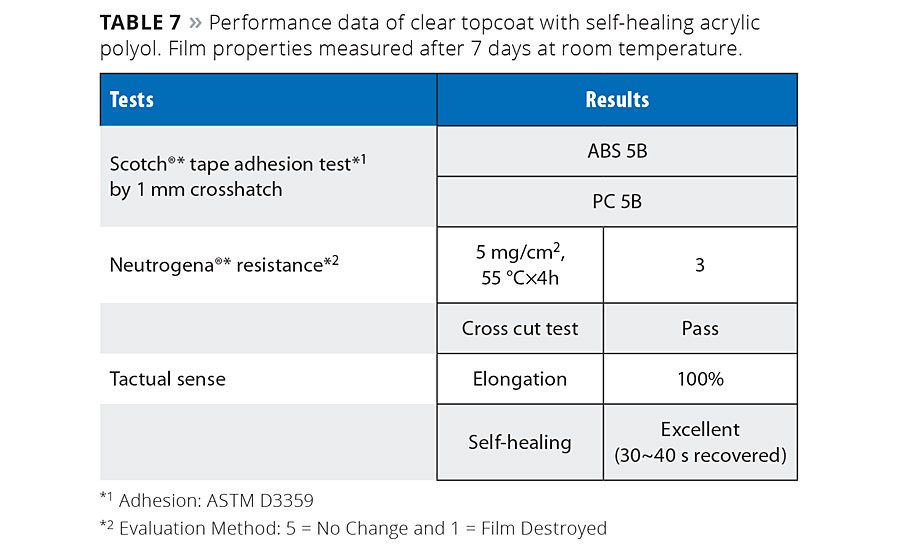
Table 7

Table 8

Table 9












As consumers become more environmentally aware, polypropylene (PP) has become extremely popular in automotive components. It is easier to recycle than acrylonitrile butadiene styrene (ABS) and polycarbonate (PC), and provides lightweighting capabilities that reduce fuel consumption in automobiles. Because it is easy to reclaim and recycle, there is an increased use of PP in both automotive interior and exterior components as well as consumer appliances and packaging.
As PP becomes more widely used in various industries, the need for high-performance coating systems has never been greater. Sun Chemical Advanced Materials provides resin technologies from its parent company, the DIC Corporation, which can create a coating resin system for PP with high adhesion, chemical resistance and resistance to light surface scratching through a self-healing mechanism.
This three-resin coating system provides formulators with cost savings and streamlining opportunities because pretreatment of the PP substrate is not required. Typically, PP is oxidized by an open flame or by an electrical corona discharge. With the new primer resin, this step of the formulation process is no longer needed as the primer provides adhesion without any pretreatment. Therefore, painting times are reduced and provide added efficiency. The primer resin is part of a family of new technologies that can be used individually or in combination to build coatings systems on ABS, PC and PC/ABS.
This article will describe the individual properties and coating formulations for each of the three resins before explaining how they can be combined into one innovative coating system that provides exceptional adhesion as well as chemical and scratch resistance.
A Package of Resins that Resists Chemicals and Scratches
To achieve the proper balance of properties it is necessary to use several coating layers; a primer for adhesion and a topcoat for durability. A grafted polyolefin-modified acrylic resin can be used as a primer to provide exceptional adhesion to PP. Additionally, a chemical-resistant acrylic polyol can produce a chemically resistant topcoat that prevents attack on the substrate and itself resists degradation. A self-healing acrylic polyol imparts topcoats with resistance to light surface scratching through a self-healing mechanism.
Designed to work together as a package, these resins ensure compatibility amid multiple layers. In addition, they can be used independently on PP, ABS and PC, offering the formulator flexibility and convenience. This package solution helps reduce specification time as well as the risk of costly production errors and material waste (Table 1).
With the increased use of PP in various industries, superior adhesion as well as chemical and scratch resistance have become prerequisites for OEMs and end consumers. For example, automotive components such as panels, center consoles and dashboards are continuously in contact with abrasive objects as well as highly corrosive solvents, acidic materials and alcohols.
A Multi-Purpose and Compatible Primer
To achieve a PP coating with adhesion, chemical resistance and scratch resistance, the primer must first be formulated with grafted polyolefin-modified acrylic resin. This resin is both compatible with the topcoat and maintains its innovative properties when used independently.
This resin has acrylic chains grafted to it primary chlorinated polyolefin chain, which enables the resin to provide outstanding adhesion to PP substrates. This grafted polyolefin-modified acrylic resin can be formulated as a primer to be applied to automotive interior and exterior parts as well as high-grade packaging material composed of PP, including cosmetics packaging. The chlorinated polyolefin chain is responsible for the resin’s adhesion to olefinic substrates, while the grafted polyacrylate chains create a film-forming polymer suitable for 1K primers (Figure 1).
The grafted polyolefin-modified acrylic resin is used to formulate a primer that promotes adhesion to PP. Additionally, this 1K acrylic resin is convenient for formulators because it does not require any other components, and does not require special solvents or storage conditions. It can be used as a primer for a variety of PP substrates used for bumper fascia, interior products, consumer appliances and cosmetic packaging.
This innovative grafted polyolefin-modified acrylic resin is a turbid liquid, has a solid content of 45% weight, a glass transition temperature (Tg) of approximately 60 °C, and is aromatic solvent-free. The solvent is n-Butyl acetate/methylcyclohexane (Table 2).
A primer formulated with this grafted polyolefin-modified acrylic resin exhibits exceptional adhesion-promoting properties, but it can also be topcoated with a 2K acrylic coating to produce a coating system with both chemical resistance and resistance to light surface scratching.
A Chemically Resistant Topcoat
To achieve a high level of chemical resistance, coatings are typically formulated with resins exhibiting high Tg and high crosslinking density. However, this can lead to increased viscosity and higher volatile organic compound (VOC) content.
A fresh approach was the development of a new high-solid, chemically resistant acrylic polyol with a high acid value, enabling high crosslinking density for topcoats and a high Tg of approximately 80 °C in spite of a relatively low molecular weight (8,000-10,000 molecular weight). These properties account for why this polyol has outstanding chemical resistance, easy coatability, and excellent adhesion to both ABS and PC. Additionally, this chemically resistant acrylic polyol is aromatic free and contains only n-Butyl acetate.
When formulated in 2K topcoats, the high-solid, chemically resistant acrylic polyol provides exceptional chemical resistance, especially to air fresheners, DEET and sunscreen, as well as adhesion to unprimed ABS, PC and PC/ABS. This chemically resistant acrylic polyol also has a middle solid content of 55% weight and a solid hydroxyl value (OHV) of 66 (Table 3).
The chemically resistant acrylic polyol is incompatible with low-polarity thinners such as cyclohexane, methyl cyclohexane and mineral spirits, but ester, ketone and ether solvents can be used without any issues. Ideally, tertiary alcohol such as diacetone alcohol will provide the best solubility in most cases.
This chemically resistant acrylic polyol exhibits outstanding chemical and water resistance when used in clear topcoats on ABS and PC. It also performs exceptionally well in Scotch® tape adhesion tests without a primer (Table 4).
It is possible to produce a topcoat with both scratch and chemical resistance by combining a self-healing acrylic polyol in the same topcoat as the chemically resistant acrylic polyol detailed above.
A Self-Healing Topcoat
The high-solid, self-healing acrylic polyol produces a topcoat with resistance to light surface scratching as well as adhesion to unprimed ABS, PC and PC/ABS. Scratch resistance can be achieved through coatings that are exceptionally hard and resistant to deformation by scratching and material removal, or, alternatively, by making them tough and elastomeric. In a unique approach to achieve resistance to light surface scratching, this polyol utilizes a self-healing mechanism that is made possible by the development of a unique soft segment oligomer used to make the polyol.
The soft segment oligomer used in the self-healing acrylic polyol adds both softness and polymer reflow. This new technology allows both chemical resistance and self-healing characteristics to be achieved in the same polymer. Typically, self-healing and chemical resistance are difficult to achieve in the same product. Table 5 compares the properties achieved by conventional polyols with this new self-healing acrylic polyol.
The self-healing acrylic polyol forms a nonhomogeneous film. Using atomic force microscopy, it can be seen that the coating surface has a microphase separation structure between the acrylic and soft segment oligomer, which enables both chemical resistance and self-healing. This creates a coating with deformation and reformation characteristics similar to memory foam. Therefore, polymer reflow allows the coating to regain its continuous high gloss even after it is lightly scratched (Figure 2).
This self-healing acrylic polyol is a transparent liquid with a solid content of approximately 60% weight, an OHV value of 85, and is aromatic free. The solvent in this case is propylene glycol methyl ether acetate (Table 6).
When used to formulate clear topcoats on PC and ABS, this 2K acrylic polyol provides excellent resistance to lotions while also delivering positive results in Scotch tape adhesion tests and scratch resistance tests (Table 7).
After light surface scratching by a brass brush, the gloss is completely recovered after 30 seconds (Figure 3).
When both of the acrylic polyols are formulated into the same topcoat and applied onto the primer detailed above, the coating system provides adhesion, chemical resistance and light surface scratch resistance through self-healing.
Achieving Chemical Resistance and Self-Healing
The formulation for an unpigmented primer on polypropylene remains the same as when the primer is used as a standalone coating. The grafted polyolefin-modified acrylic resin accounts for 42.2% weight, butyl acetate accounts for 43.4% weight, ethyl acetate accounts for 5.8% weight, and propylene glycol mono methyl ether acetate accounts for 8.6% weight (Table 8).
After applying the unpigmented primer and clear topcoat to PP, the coating system will achieve the best possible results in the Scotch tape adhesion test, air freshener resistance test, DEET resistance test, suntan lotion resistance test, sunscreen resistance test and brass brush scratch test. After these tests, there is no change to the PP substrate (Table 9).
As the usage of PP in various industries continues to increase, formulators are continuously seeking innovative resin systems that provide convenience as well as a durable product for consumers. Resins that can be used as a packaged coating system or separately on various substrates are highly sought after, but very rarely achieved. Utilizing these groundbreaking resins can help formulators reach this goal.
For more information, call 1-513-739-8212.
Looking for a reprint of this article?
From high-res PDFs to custom plaques, order your copy today!





